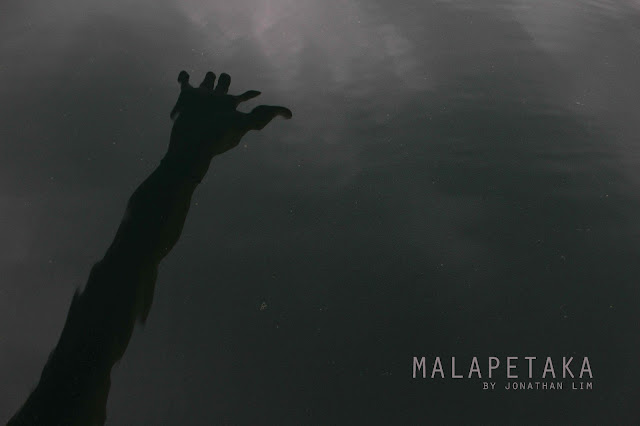Friday, April 5, 2013
Tuesday, March 19, 2013
Photo Essay: Down in the Dumps, by Sarah Chong
As Iloilo city continues
to develop into a beautiful city, urban poor communities are caught in the
middle of things often; they are displaced and relocated by the urban planning
efforts of the local authorities. With the assistance of Kadamay, our group of
10 was able to take a walk through the urban poor area of the dumpsite and
slums in Calajunan, Mandurriao and Lapuz Norte, Lapuz respectively.
It takes a short climb up a
hill to reach the Calajunan dumpsite, where all the rubbish collected from the
city is brought. Small huts can be seen scattered among the mountains of
rubbish around the dumpsite. We were introduced to four workers at the site,
who talked to us frankly about their lives.
Men, women and children
are seen at this dumpsite. There are approximately 200 workers working here,
with families of around 5 to 7 members. Frequently, husbands and wives work
together here and sometimes, their children will come along to help out.
Labels:
Dumpsites,
Iloilo,
Kadamay,
Philippines,
Sarah Chong,
Scavengers,
Slums
Tuesday, February 19, 2013
Photo Essay: Ati Community of Jordan, Guimaras by Jonathan Lim
Considered to be among the earliest inhabitants of the Philippines, the Ati community of Guimaras has an expansive history and is rich in culture and traditions. With a population of approximately three hundred people, they are located in Jordan – the capital of Guimaras island.
Their chieftain Ms. Josephine Tahan, explained that one can identify an Ati by way of physical appearance. An Ati is five feet tall on average - but what really sets them apart are their small and petite body structures, flat noses, thick lips and a dark skin tone. However, mixed marriages over time have blurred the distinction between Atis and the outside world.
Similar to most indigenous peoples, the Atis are almost fully reliant on nature for survival. They hunt and collect herbs in the woods, fish by rivers and at sea, and the more enterprising ones collect exotic stones and seashells to be made into marketable accessories. As a result, they are highly respectful of Mother Nature and always seek permission before collecting anything from the woods.
I had the privilege of visiting the community while in Guimaras. I played with the children, conversed with the elders, and for an afternoon was able to catch a glimpse of these beautiful people as they went about their daily routines. The children were welcoming and playful, the elderly accommodating and warm, and the teenage boys too agile for me on the basketball court.
 |
A welcome sign they made in anticipation of our arrival.
|
 |
Playing a few rounds of 'touch the sky' with the boys – the children were easy to please.
|
 |
Exhausted, they share a bottle of coke. |
Labels:
Ati Community,
Guimaras,
Jonathan Lim,
Jordan,
Monash University,
Project 9.30,
Sari-sari
Thursday, January 10, 2013
Tallimayi: A Poem by Alhamdu Yaro
Tallimayi represents the very first written work featured on 9.30.
This poem was penned by the author for his niece, whose name means "sweet words".
If you would like to share your work with the world, visit Project 9.30 on Facebook or email us at: ninethirty@live.com.my
Labels:
Alhamdu Yaro,
Niece,
Poems,
Tallimayi,
Writing
Monday, January 7, 2013
The Resonating Mix by Daniel Lourdes
Just as quickly as it came, another year has passed us all. Most people usher the new year with newfound resolutions, inspirations and ambitions.
But over here at 9.30, nothing has changed.
We continue to share the love for Art, continuously setting ourselves to the task of unearthing the new and uncharted.
This is your space as much as it is ours.
Labels:
Daniel Lourdes,
EDM,
Mixcloud,
Music
Subscribe to:
Comments (Atom)



